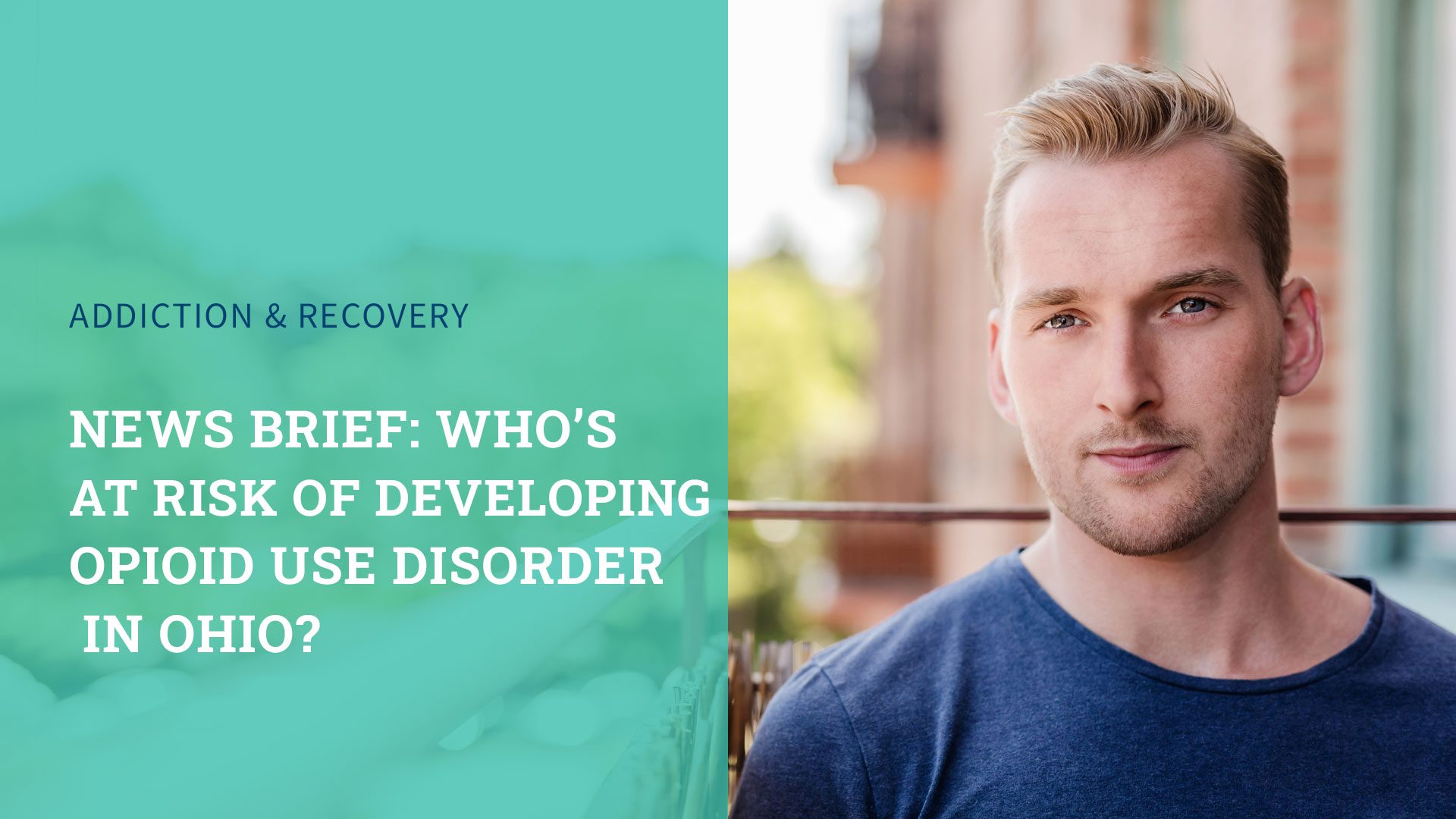The opioid crisis has made headlines all over the United States for close to a decade. Opioid use disorder (OUD) is increasing alongside the number of opioid-related overdoses and fatalities.
But the crisis hasn’t affected all groups equally.
Which populations were the most vulnerable?
A study published in 2020 examined Health Department records from the state of Ohio to determine which demographic groups were most affected. To reach their conclusions, researchers examined fatal overdoses in Ohio between 2010 and 2017. Their findings paint a picture of who is most likely to develop opioid use disorder.
They found that during the study period, the opioid crisis affected young white men the most. Black men ages 30 to 39 were the next most vulnerable group. Across the board, women and older adults were less vulnerable – but since the publication of this study, those dynamics have changed.
It’s important to understand the way the opioid crisis affected different groups at different times. The study we discuss in this article identifies risk among young white males from 2010-2017. Since then, additional research has identified an increased risk of OUD among older black men, and an increase in substance use disorder (SUD) among older people, in general. To learn about those recent developments, please read these two articles in the blog section of our website:
Opioid Overdose Among Older Black Men
Research Report: Increase in SUD Treatment Among Older Adults
For the rest of this article, we’ll look back at this specific period in the opioid crisis, and learn how, where, and why young white men were particularly vulnerable to OUD and fatal opioid overdose.
Cases Clustered in Hot Spots
In addition to breaking down the impact along population lines like age, gender, and racial makeup, the researchers looked at the geographic regions most affected. The impact of opioid crisis varies significantly by region.
The researchers identified a total of 12 clusters across the state of Ohio that they designated as hot spots – areas with the highest rate of fatal overdoses. These regions contained 21 percent of the state’s at-risk population – but 40 percent of the opiate-related fatalities were concentrated there.
What characterized these disproportionately affected areas?
The researchers found that in these clusters – most of them in urban areas, and most in the southwestern part of the state – appeared along established corridors of illegal drug flow, and a history of illegal drug traffic.
A Complex Picture
The study co-authors were part of a task force established in 2017 to determine the causes of the epidemic of opioid addiction and opioid-related deaths. A partnership between University of Cincinnati researchers, the Ohio State Health Department, and other participants, the task force seeks to identify the underlying causes of opioid addiction and opioid overdose.
Their findings paint a complex picture. One significant factor is the large number of people in the U.S. who suffer from chronic pain.
When it comes to treating severe pain, opiates are very effective. The drugs block pain receptors on the nerve cells in the brain and spinal cord, wiping out the sensation of pain.
But this type of drug is dangerous for several reasons. Opiates are addictive, and they affect the body’s response to endorphins – the natural chemicals that make people feel better. The result is that everyday activities such as eating, drinking, or exercising become less pleasurable. An individual with opioid use disorder (OUD) patient will seek increasingly high doses of the drug to feel the same level of pleasure or contentment.
The crisis had its roots in these legal – and presumably safe, if used properly – controlled substances being overprescribed. Its next phase began, paradoxically, out of efforts to control the first one. As concerns grew about the over-prescription and overuse of legal opioids, legislators began calling for restrictions on their use, due to concerns about addiction and overdose.
These laws had the desired effect of reducing easy access to opioid prescriptions. But, as laws were passed and easy access to legal opioid dwindled, many individuals turned to illegal substances, such as heroin, which remained cheap and relatively easy to obtain.
This is known as the prescription-to-addiction pathway.
The rise of fentanyl further complicated the picture. Fentanyl is a synthetic opioid that is much one hundred times more potent than morphine, and fifty times more potent than heroin. Drug traffickers often add fentanyl to heroin and other illegal drugs – and carries an increased risk of fatal overdose.
Research Drives an Increase in Targeted Support for Opioid Use Disorder
The aim of the Ohio study was to establish risk factors for opioid use disorder and fatal opioid overdose. While the focus of the study examined one geographic area, the researchers arrived at valuable conclusions.
This makes sense: analysis of the underlying cause of the problem is the first step toward mitigating it. In 2020, the results of this small regional study help identify at-risk groups. In this study, those populations included young men, urban populations, and those suffering chronic pain. Public officials and treatment providers took the next step in addressing the crisis of opioid use, misuse, and fatal overdose. They developed an approach to educate those at risk, and offer them the lifesaving support they need.
In the year 2022, we apply data like this every day in our work with people with opioid use disorder (OUD) in our locations around urban and suburban Ohio, such as Hamilton Treatment Services in Hamilton, Ohio, north of Cincinnati. We also support patient in rural areas in treatment centers like Athens Treatment Services in Athens, Ohio.
